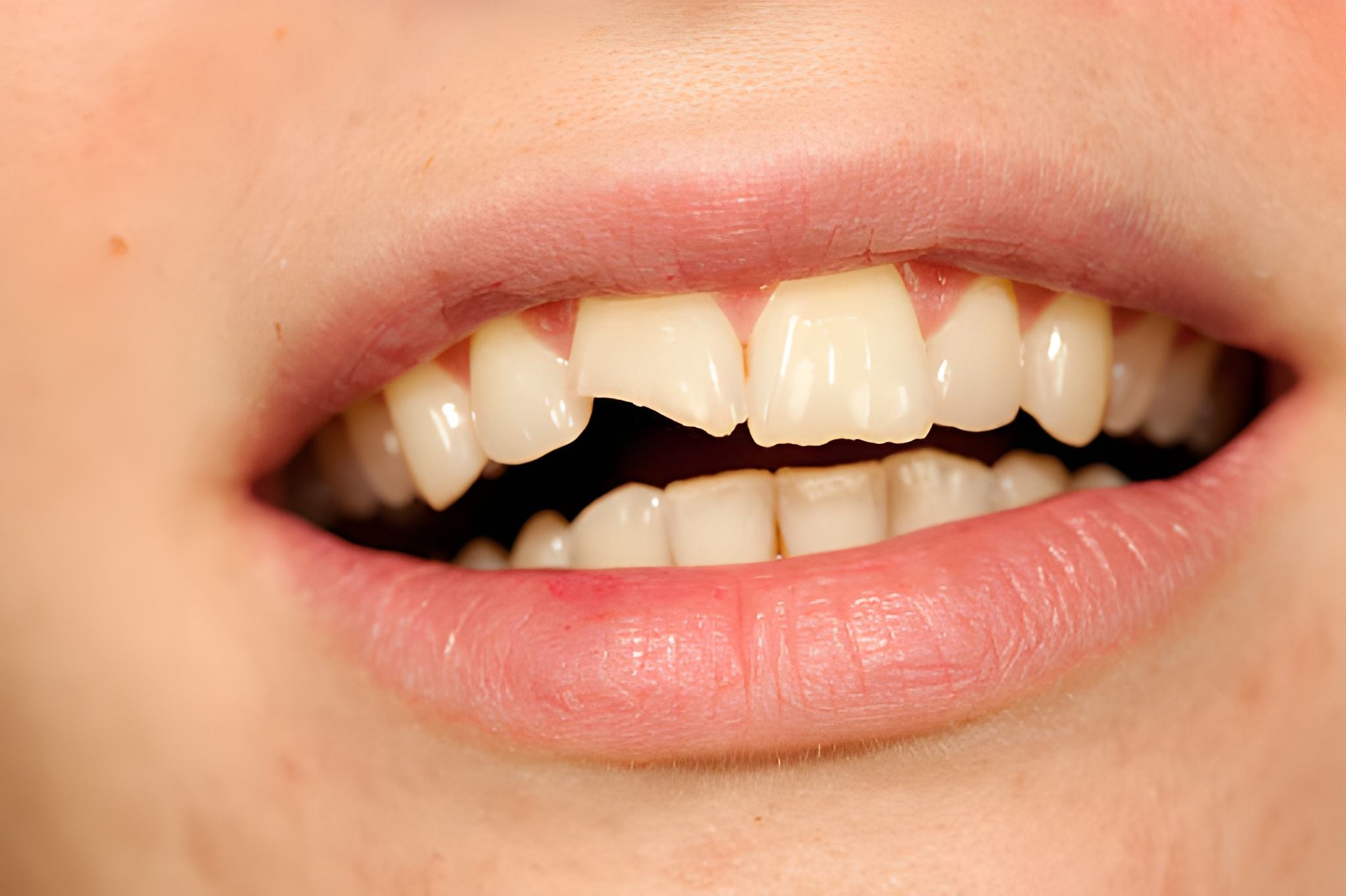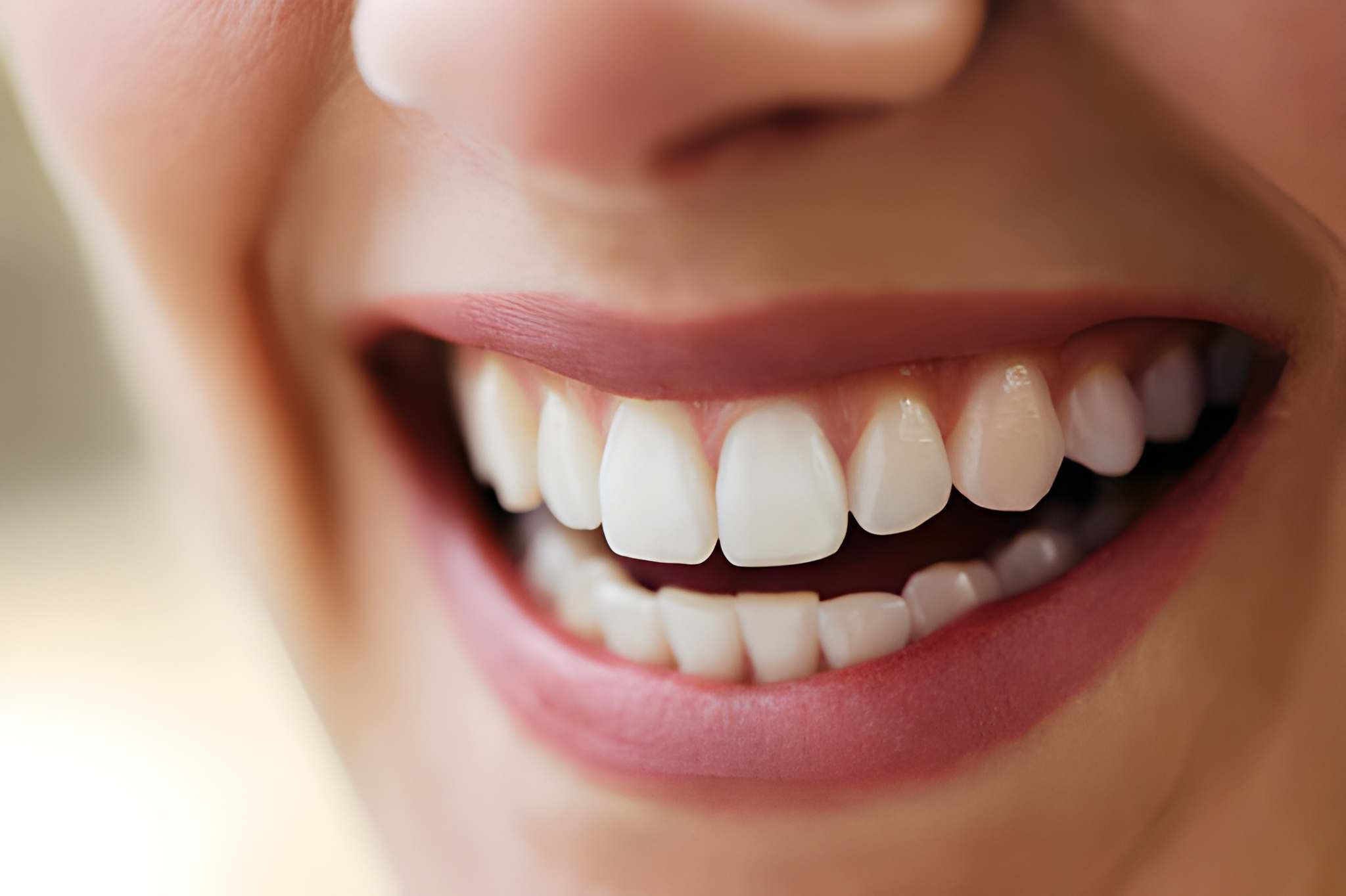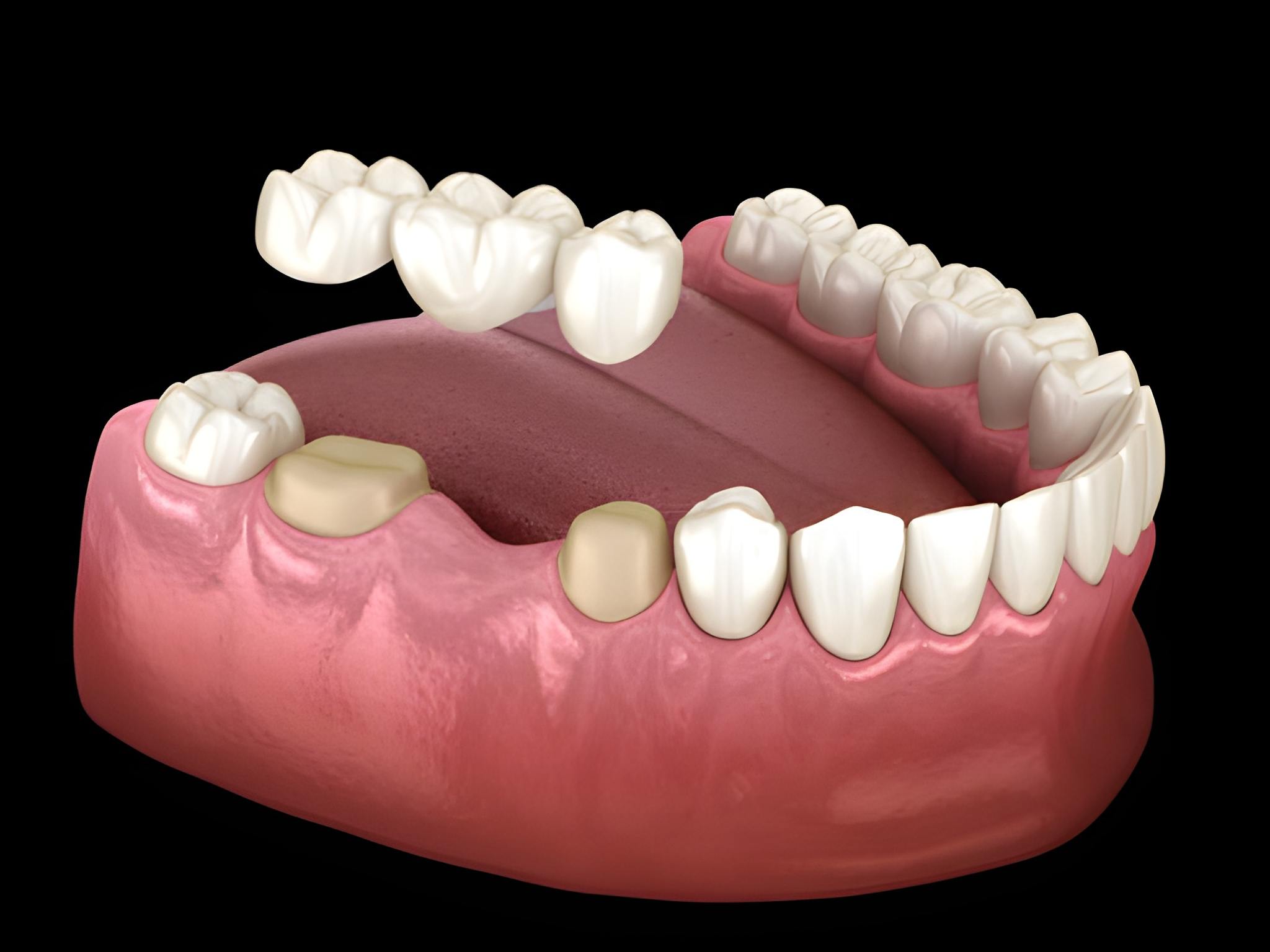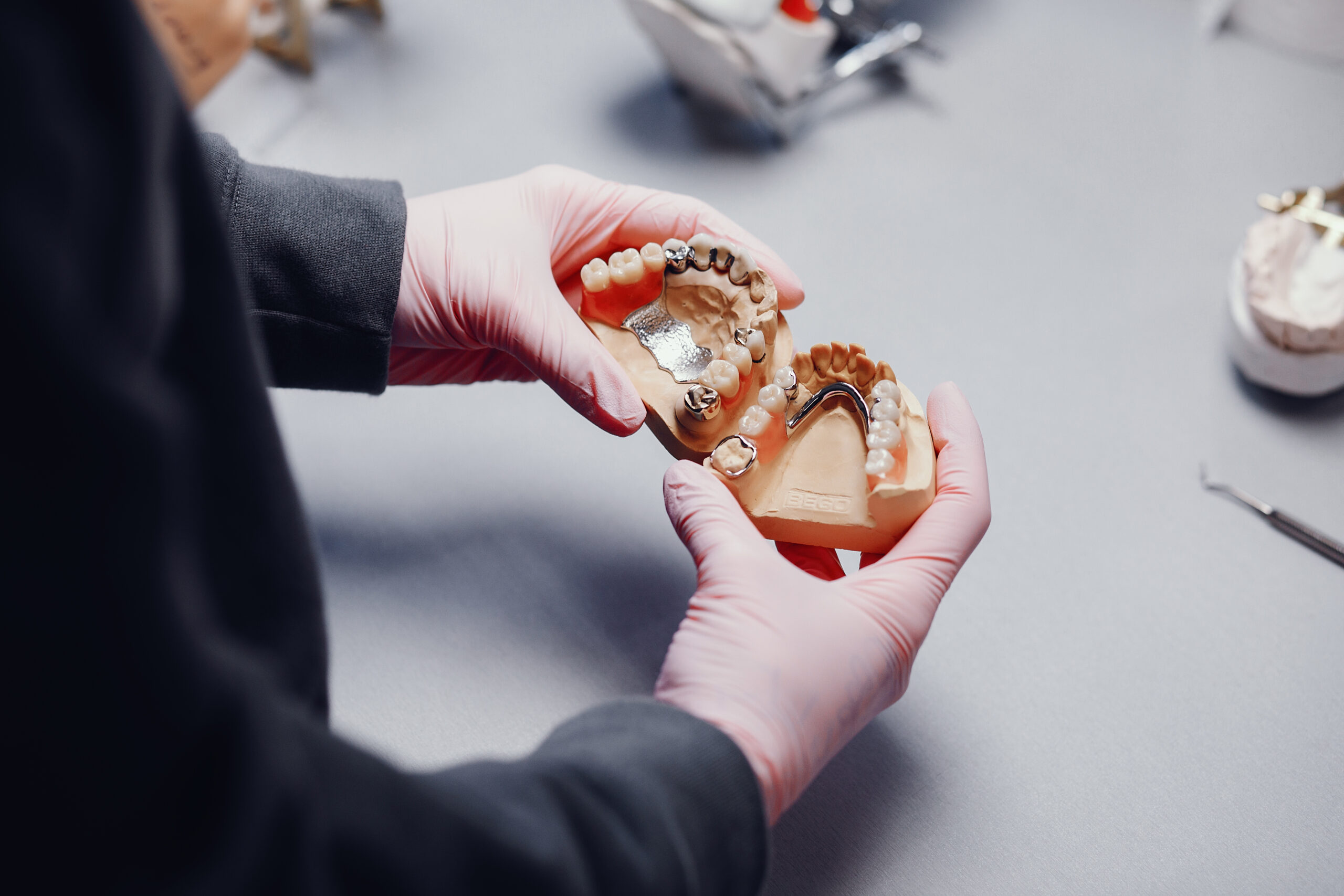Home Achieve a Brighter Smile: The Ultimate Guide to Teeth Whitening
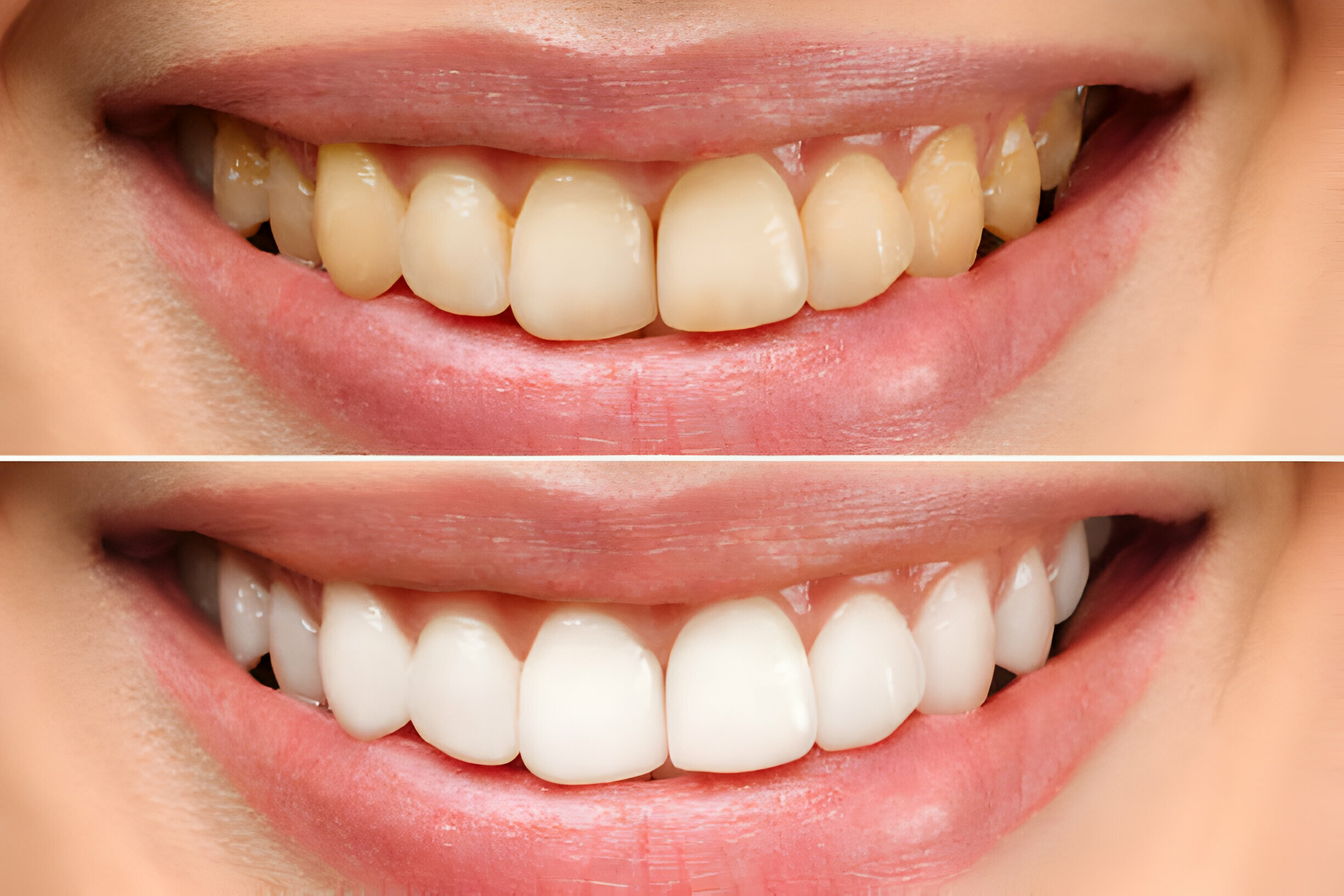
Are you worried about your pearly whites not radiating the shine anymore?
Or, maybe age has caught up with you, and your lifestyle makes it impossible to follow healthy oral hygiene?
If so, you aren’t alone! Around 37 million Americans have a similar feeling about their smiles, most switching to different teeth whitening procedures for an improved smile.
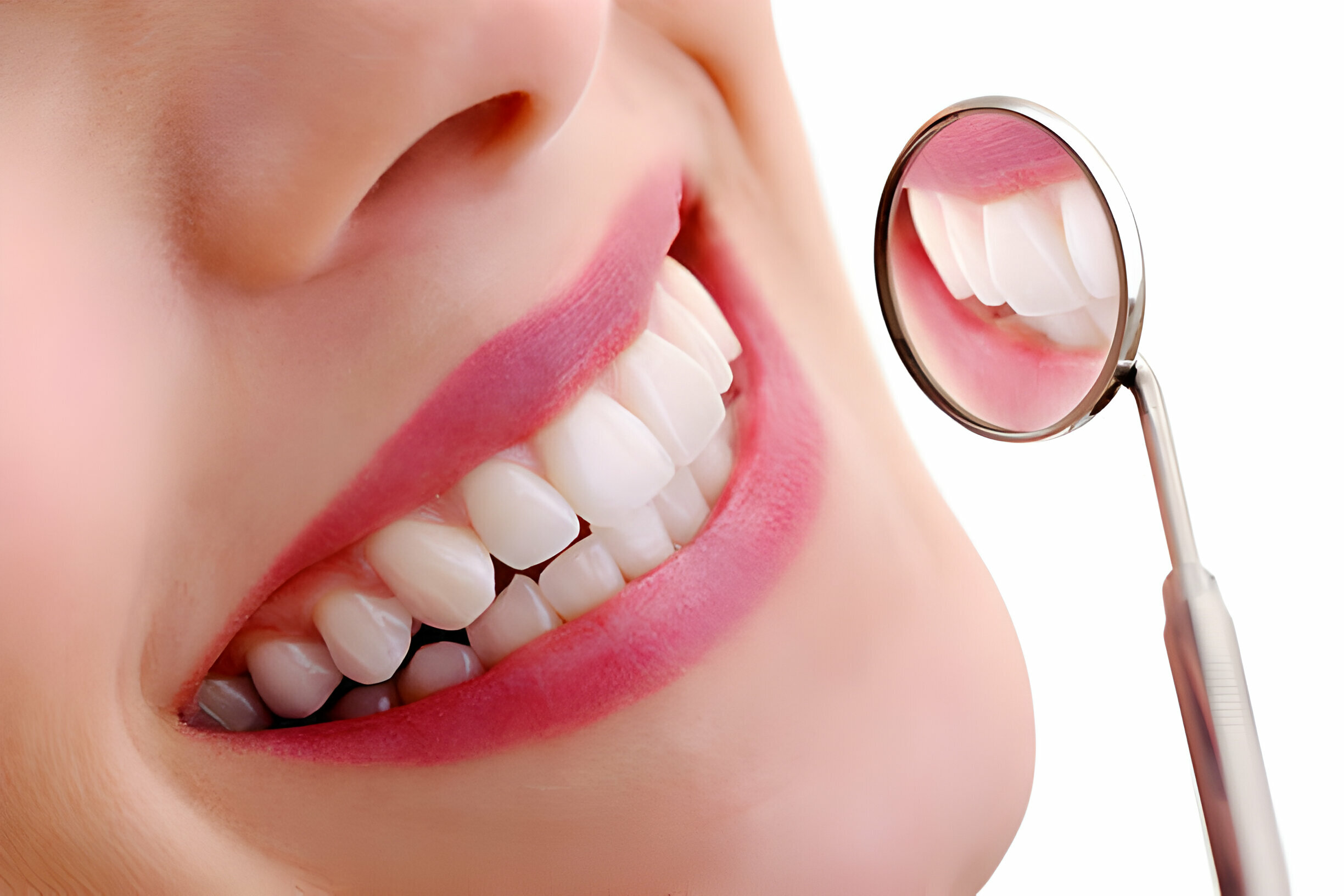
Although teeth bleaching is one well-defined procedure, it involves multiple steps or techniques. This can confuse individuals and force them to settle for the wrong option.
So, this is your go-to guide if you are considering professional treatment for teeth whitening in Bloomfield or DIY home remedies. In this blog, we will take a closer look at the different aspects of teeth whitening with topics like:
Continue reading as we learn more about the process in the following sections.
You may wish to whiten your teeth if they have become discolored or stained, making them seem yellow or white.
But have you ever wondered what led to this in the first place?
Everyday meals and beverages, including coffee, wine, tea, spaghetti sauce, and curry, can all cause tooth discoloration. Teeth may also be discolored due to smoking, tobacco use, poor dental hygiene, and some medications, which can leave persistent stains inside them.
Tooth staining can be classed into two categories, namely:
Teeth whitening is a cosmetic dental procedure that lightens teeth and enhances smiles. The method can be used to achieve different degrees of whitening. For instance, it can restore the original shade of your teeth or whiten your pearly whites beyond that.
Today, we have a variety of teeth whitening procedures and products, all associated with the common goal of bleaching cavities. This section looks at the different methods and how they bring you results.

When talking of different bleaching options, home whitening kits rank #1. Their ease of use offers a more structured approach to teeth whitening. They are mostly available in strips or trays and can be used over a specific period to gain a certain level of shine.
Whitening strips are flexible plastic strips that apply a tiny coating of bleaching chemicals directly to teeth. These strips generally use hydrogen peroxide to give you a noticeable shine.
How to Use?
Whitening strips are usually put directly to the teeth between 30 minutes and an hour. Follow the label’s instructions strictly. Incorrect usage can cause dental sensitivity, gum inflammation, and enamel erosion.
This bleaching method includes applying bleaching gel to the teeth using tailored protective trays. It employs oxidizing substances such as hydrogen peroxide or carbamide to brighten teeth color.
How to Use?
Follow your dentist’s instructions for filling the tray with bleaching solution and wearing it on your teeth for the required period. Achieving the appropriate shade using home kits might take a few days to several weeks.
Professional teeth whitening by dentists in Bloomfield is a great option for individuals seeking more immediate and powerful results. As the name suggests, these procedures are performed at a dentist’s office and generally require a visit once or twice to get the desired results.
The teeth bleaching procedure usually involves the following steps:
If you opt for professional bleaching, you must start with a consultation with your dentist. The initial consultation helps you determine the best treatment plan, depending on your oral health and desired results.
The second stage begins with the dentist covering your gums and lips before applying the bleaching agent to your cavity. The bleaching agents usually contain hydrogen or carbamide peroxide to remove the stains. The gel is further activated using a blue UV light or laser to enhance the results.
Your dentist will give you certain instructions for maintaining your renewed smile. Follow them to ensure the longevity of your newly whitened teeth.
As the name suggests, Do-it-yourself methods can be a great starting point for those looking for cost-effective and convenient solutions.
The foundation of a brighter smile begins with a simple but important habit: cleaning your teeth regularly. Begin brushing twice a day with a whitening toothpaste.
Ordinary toothpaste is not intended for stain removal or teeth bleaching. You should also floss at regular intervals. Flossing removes bacteria that might create plaque from difficult-to-reach places, which may cause your teeth to appear yellow.
Baking soda and hydrogen peroxide are the two most popular at-home teeth whiteners. While hydrogen peroxide has been shown to whiten teeth, it is essential to use it cautiously. Consuming high amounts of hydrogen peroxide can be dangerous.
However, appropriately mixed with baking soda can significantly help tooth bleaching. To achieve the best results, pair it with an efficient teeth-whitening solution that contains tooth-strengthening ingredients like fluoride.
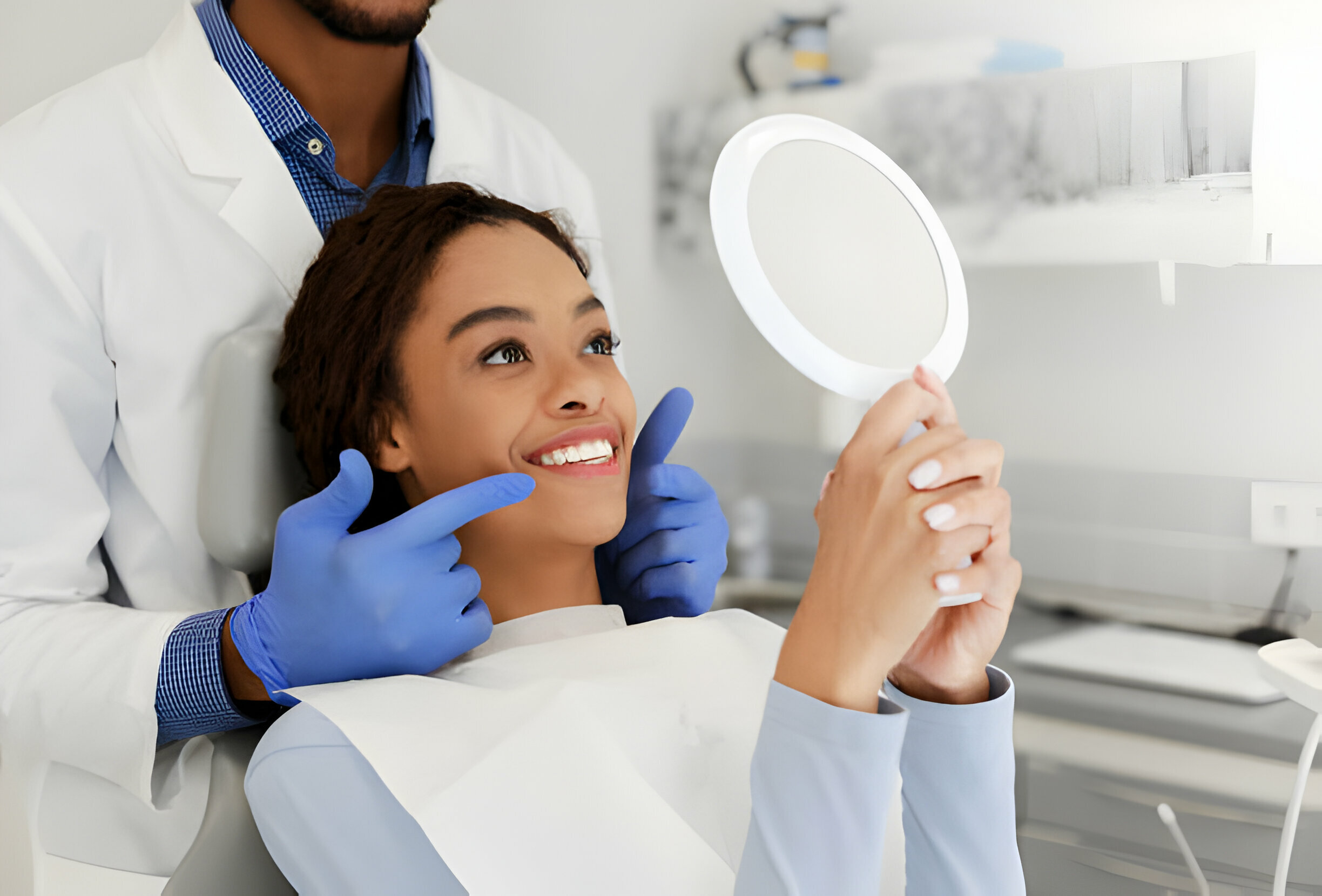
Given the plethora of methods and their uses, you might wonder which is best for achieving a great smile.
Interestingly, there is no right or wrong method or product for teeth whitening. You can settle for any specific method (as long as your dentist supervises it).
However, stick to in-office whitening if you have sensitive teeth or want quick results. Conversely, in-home treatment can be a great option to whiten your smile on a budget.
Teeth whitening can be considered a component of total dental hygiene and maintenance. Bleaching procedures, like brushing and flossing, can help to maintain healthy teeth and gums by eliminating surface stains and enhancing oral appearance.
It is a reasonably short and non-invasive cosmetic technique that produces practically instant results compared to other dental procedures. Although tooth whitening is quite effective, it is only suitable for some. So, speaking with your dentist will assist you in determining the optimum bleaching method.
